This blog has been written to help learners understand the importance of viral social media strategies and how to write them. It would be useful for small businesses and individual content marketers who want to know how to craft fail-safe social media strategies from scratch.
Table of Contents
Introduction
“Do you have anything that can go viral?” —this question is more often heard from a startup or small business owner than an immigration officer or a nurse in a hospital.
A viral social media strategy is what every business owner needs to make a mark in a world where the consumer is hooked to his or her phone for around 2 hours and 23 minutes every day.
No matter what you are selling, from furniture to dog food, if someone is buying, that person is on social media for more than 2 hours daily.
A viral social media campaign is what you need to build brand awareness, and credibility and grab a massive number of eyeballs around the world. Here’s a closer look at the percentage of people and how much time they are spending on which social media platforms.
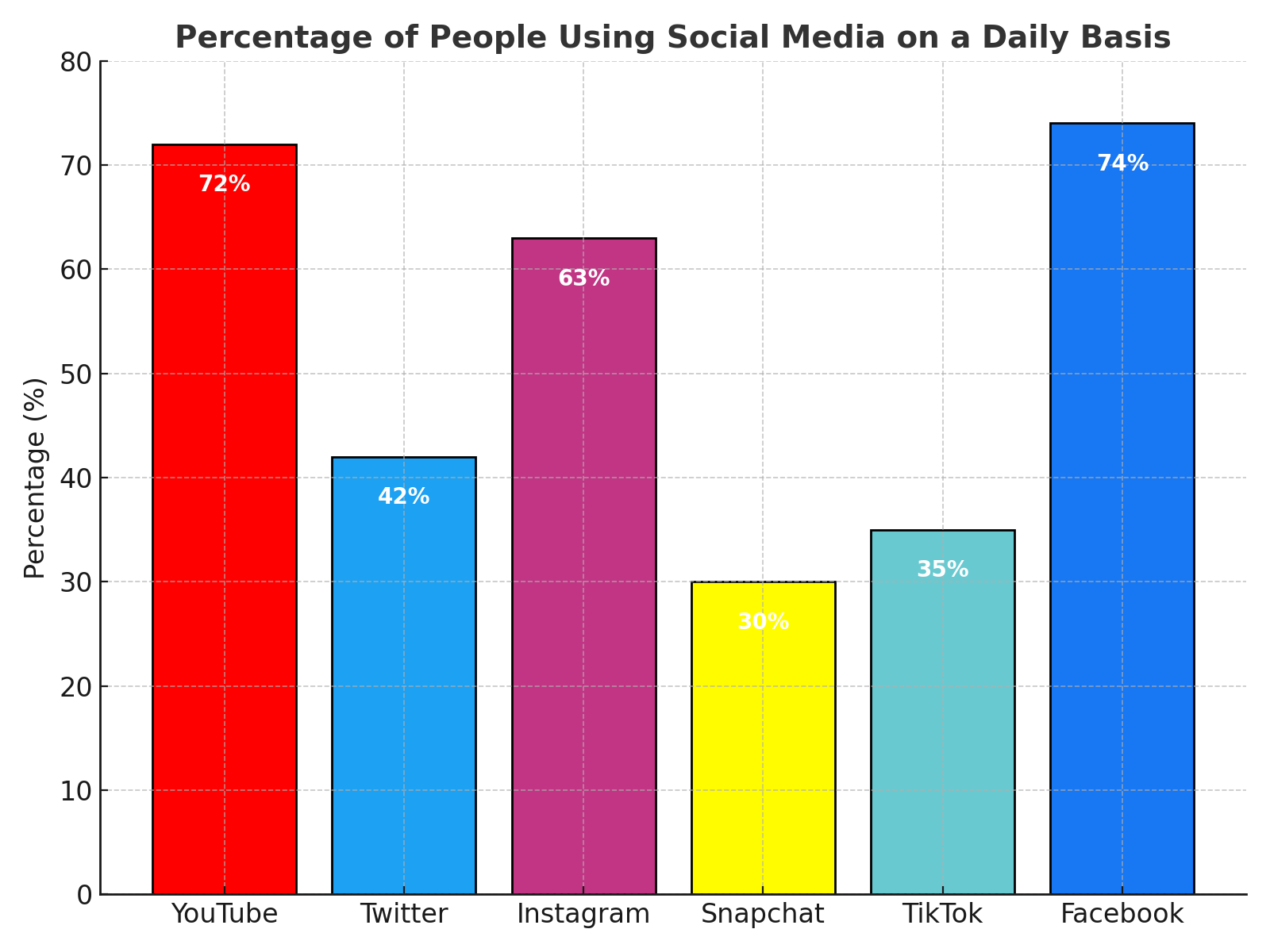
The power of social media for startups
A good social media strategy can make or break a startup or a small business. A startup or small business can build brand awareness, generate new leads, gather credibility, and even make direct B-C (Business to Consumer) sales from their social media platforms.
What do startups want from social media?
These are what any startup wants from social media.
- Regular posts that keep the account active
- To increase follower growth and reach rapidly
- To regularly interact with their followers via social media and build authenticity
How to deliver it
We have been in the clouds for too long. Let’s imagine a hypothetical brand to make it easier.
Suppose you are working for a startup that sells fruit juices, to make it clearer in your mind think something like the famous Indian fruit juice brand, Paper Boat. Let’s call this brand Juice Becho for further clarity.
I asked ChatGPT this

In minutes it came up with a complete social media calendar with post ideas which included:
Motivational Posts for Monday: Start this week with a special Juice Boost.
Fun Facts for Mid-Week (let’s say Wednesday): Did you know there are 600 types of oranges in the world? We pick the best to serve you the freshest.
Interactive for Friday: A blurred photo of the juice box with the caption “Can you guess the brand?”
Lifestyle Post for Sunday: Energize your weekend Family Time! A Family that drinks together stays together!
ChatGPT also provided ideas for visuals and hashtags.
Now you can repeat this for the entire month, edit it, ask it for more ideas for all 7 days, and customize it according to different platforms but you do get why I was saying this is easy!
And the content part you know already, you just need to get a format and some basic ideas.
But, if ChatGPT can do this, why does a startup need you?
- To take responsibility and quality check
- To improve on the basics
- To create unique viral campaigns which ChatGPT cannot do yet
What’s so special about viral campaigns and why do startups need them the most?
Every other day a different post blows up on our social media handles. From celebrity gossip to brand promotions to influencer posts, something is always trending across the big, bad world of social media. The technical term for a post being extensively reshared commented on, and garnering attention from all sections is “going viral”.
It can be anything from an opinion to leaked footage to heartwarming advertisements.
What is social media content virality exactly?
According to a study from Stanford University in 1991 virality or “contagiousness” of any social media campaign is defined as online content made popular by literally person-to-person sharing. This is what makes viral content unique.
It might not be selling anything or even propagating a brand message but if it ranks high on the shareability quotient then it is bound to go viral.
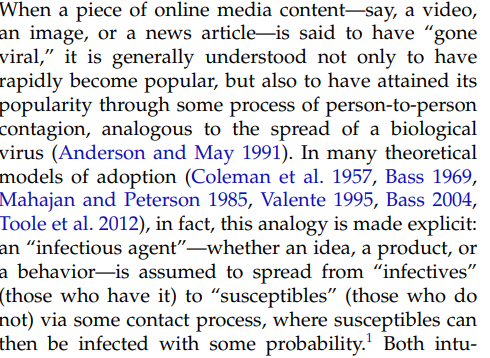
Also, the same study posits that the chances of social media content going viral are one in a million.
Most viral content we see tends to go viral organically.
Take the FIIT-JEE video of the co-founder abusing his employees for example.
At the time of writing this blog, in December 2024, this video of an internal Zoom call was made public, and Brut., the media publication company gave it further exposure.
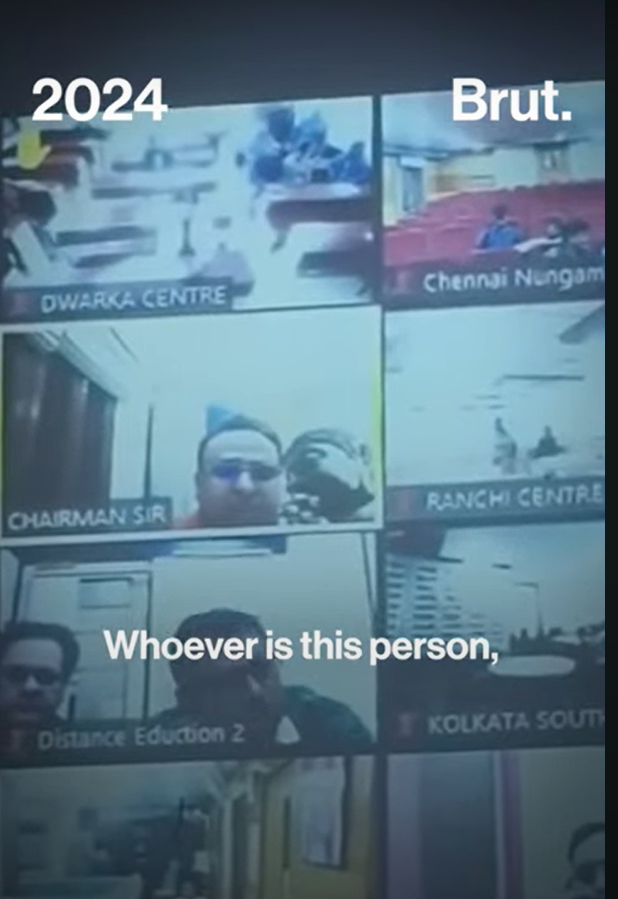
(Source: https://youtu.be/IPVTYx3V8Yc?si=TPGtvXPaFiBlm6SG)
Why did this video go viral?
- People identified with it
- It evoked strong emotions like disgust, anger, sympathy, etc.
- They wanted to share what they felt with other people
These few factors are the basic similarities between every piece of content that goes viral on social media, whether it is organic or strategized.
It has to be:
- Relatable
- Capable of making the “audience” feel things, strongly
- Something that makes it sharable – controversy, value, information, emotional quotient, etc.
Sometimes even if one of the above is missing and the other two are strong enough it can make the content shareworthy.
Consider posts about natural calamities affecting a large group of people for example. Here the first and the third points from the list above carry more emphasis, although the second point cannot be eliminated.
Why do startups need viral content?
Startups are often bootstrapped. Traditional or offline modes of advertising like billboards, TV commercials, press ads, etc. are expensive mediums without trackable ROIs.
Social media and digital marketing are cost-effective mediums that assure leads. They are the marketing lifeline for startups,
Well-established brands can put up a hoarding, even a 3D hoarding, in some parts of the world, to establish credibility. Most startups cannot afford that.
But one viral campaign can give a startup what it needs, instant recognition and authenticity with increasing engagement.
How famous brands go viral
Although there is no formula, there are certain similarities in all the viral content that keeps cropping up over the internet.
Here are a few campaigns that have taken social media by storm recently.
Delivering at the right time
Possibly, the most popular face across the internet right now is not the Kardashians or any other celebrity. It is instead, Moo Deng.
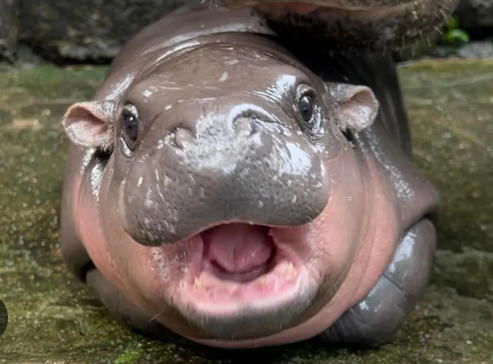
Moo Deng is a pygmy hippo in the Khao Kheow open zoo in Thailand and her cuteness has won the internet from the moment the zoo decided to share her antics from their official handles.
Why are people across the world, who had no prior interest in hippos or animals, losing their minds over a tiny Hippo?
Khao Kheow Open Zoo managed to create a cute piece of content that is extremely likable and sharable.
This trend in a way was officially started by Shedd Aquarium when they first introduced their star inmates, the penguins on social media during the first phase of the Covid lockdown.
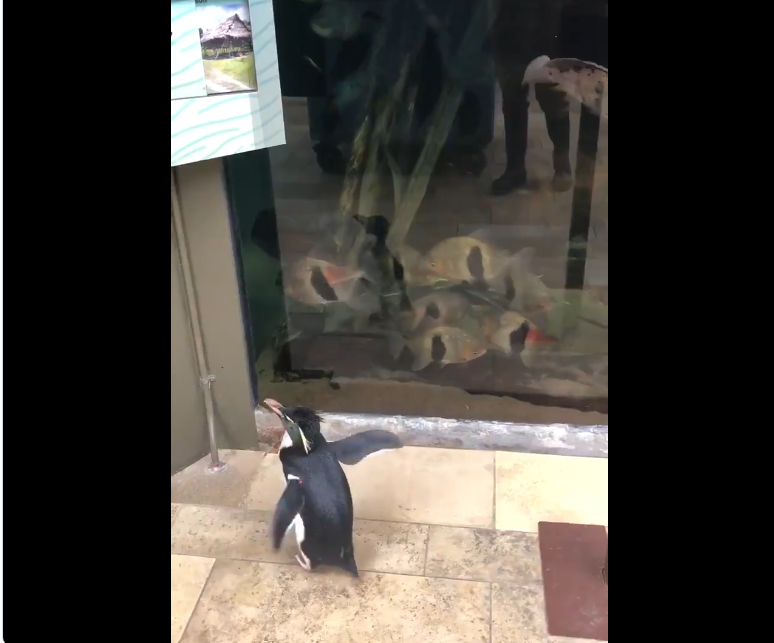
The world was stressed and scared. The aquarium gave them a piece of content filled with hope, joy, and freedom and the social media audience lapped it up.
This is a crucial element in creating any piece of viral content: the right content at the right time.
Emotional appeal
When a piece of online content manages to touch the emotional chord of the public, it has a greater chance of going viral.
For example, when Starbucks UK launched their viral content #what’syourname in 2021 it managed to start a conversation around the struggle of the non-binary people to be accepted by their chosen identity.
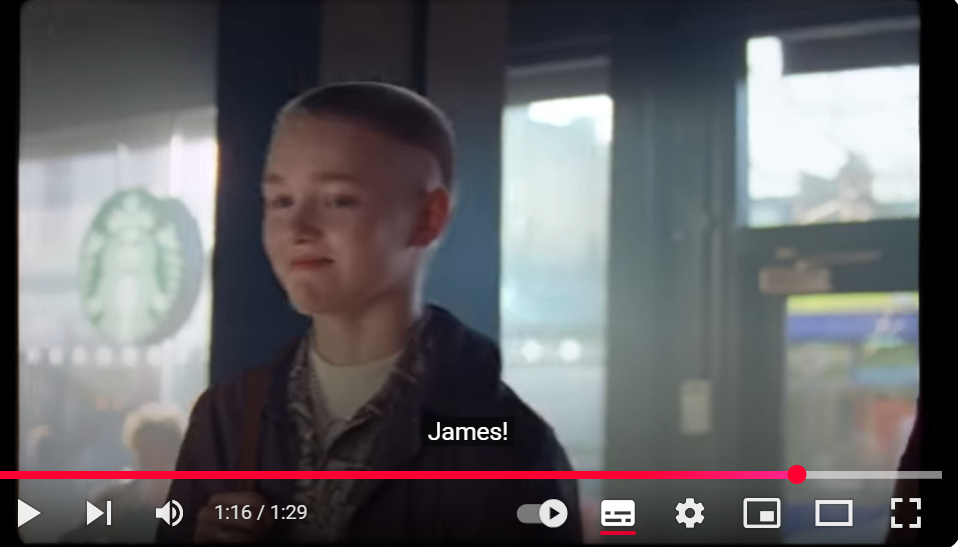
By tapping into the brand’s custom of writing names on coffee cups Starbucks positioned itself as one of the places where you are always welcome and accepted as who you are.
This gave a powerful message not only to non-binary people and their allies but anyone who believes in the rights of an individual over their own identities.
And Starbucks became a champion for inclusivity, a much more emotionally charged and clutter-breaking positioning than a place that sells coffee (which to be fair, it is.)
Posting on the right platform
When Google decided to jump on the Coffee Day trend bandwagon it deciphered that the audience for this particular campaign, the professionals, would be found on LinkedIn.
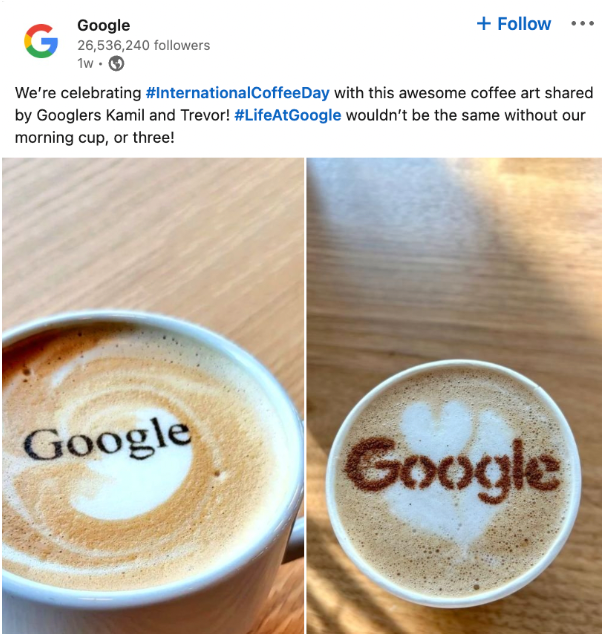
How can you create such campaigns for a startup?
There are a million ways, I will show you three surefire ways.
Three types of viral social media content strategies
Contests
Do you know Zoom? The virtual conferencing platform? During the pandemic, Zoom came up with the idea of remote workers posting pictures or videos with Zoom virtual backgrounds. It was a monthly contest with three prizes for each month.

The result
Over 50,000 new people signed up just to take part in this competition alone!
Strategy
Zoom used the insight that remote workers would come in for the contest and stay for the features and they did. This became the most talked about campaign of 2020.
How to do it
Devise a simple contest that won’t require people to do much but will showcase your product. People are simply crazy about contests.
Ensure that there is some reward involved, even if you cannot offer cash prizes, you can offer discounts and promo codes. Ensure that this contest involves videos or pictures.
Posts with videos and pics ensure more reach.
For example
Can you create a contest where people will need to take pictures and videos with a Juice Becho bottle in their hands and say “ yumm” and post it on their handles tagging the brand and get a discount on the next bottle or maybe an INR 100 cash prize?
Assuming you have three winners it will cost you around 300 bucks a month and even less in discounts, plus with discounts you ensure repeat sales.
Projection
- The brand gets new consumers who will buy the bottle just to take part in the contest. So instant recognition. This might blow up on social media if the trend catches.
- You get customer testimonials for free.
- Juice Becho gets more followers on social media.
All three pain points of the startup that, we discussed at first, get solved with a simple contest at a minimal cost, you are now the goose laying golden social media eggs for Juice Becho.
For a good cause
iHeartDogs is a social welfare organization. They started a 0% off campaign. They said they will not give any discount on their products but will double donations for dogs in need over the weekend.
Result
They quadrupled their sales!
Strategy
People resonated with the cause and this created a massive drive to buy. The hidden agenda? People saw iHeartDogs as a brand with a heart and as a champion for dog sympathizers so solid brand-building too.
How to do it
Can you devise a campaign that says that x% of the profit goes to a good cause if you make xx sales by xx dates?
Note: Here you have to think about the logistics, and you have to follow it through. So keep goals realistic.
You also have to think about which brand proposition is the most appropriate, which cause do you want to champion?
For example
For Juice Becho can you devise a campaign that says if we sell 5000 tetra packs in one month we will plant 5 orange trees next month?
All the consumer has to do is, buy a juice, take a selfie, and post it tagging the brand’s social media handles with the hashtag #JuiceBechoKhaoEnvironmentBachao.
Projection
Instant sales – check
Brand awareness – check
Increasing followers – check
Bonus – Brand building. People now see Juice Becho not as simply a juice brand but as one that cares for the environment. So people who are already worried about the environment side with your brand and you open up a niche market.
Everyone wins, including you!
Event collab
Uber launched a great social media campaign with the South by South West Festival in Austin Texas. They offered free rides to and from the festival.
Results
They were all over social media in mere days. It was so successful it caused one of the platforms to crash briefly.
Strategy
The festival was already a popular one, and all over social media anyway, Uber piggybacked this and grabbed more eyeballs than they could have with newspapers, billboards, or digital advertising at a fraction of the cost.
They also understood that transportation to and from popular festivals is a real pain and introduced themselves as a solution provider.
How to do it
Can you offer your product for free for a popular festival for limited days and create a sensation?
For example
For Juice Becho can you offer your product for free at popular book fairs and/or film or food festivals and take pics? Then post them on your social media handles tagging the people and see it go crazy.
Why book fairs and film festivals?
The insight is that in these cases people need to buy water bottles and very few of them remember to carry them from home. This is consumer insight.
The marketing insight is that if you get a lot of thirsty people in an already popular festival like Bacardi Weekender, Kala Ghoda, Jio MAMI, or Delhi/Kolkata Book Fairs and you are giving them a free solution to a real problem plus piggybacking on the festival’s social media presence.
Projection
- Huge social media eyeball grabbing as these festivals have already been popular for years and you as a juice startup hardly anyone has ever heard of.
- Real customer testimonials.
- Instant brand recognition and memorability.
- You already have the product, you need volunteers and kiosks, again much more cost-effective than popular forms of social media marketing.
In other words, social media marketing is gold.
Now you know the strategies and there can be “n” number of variations.
For instance, you can launch with an even collab and a few months later get a contest going.
What do you need to do to create a viral marketing strategy? Things to remember
Understand the brand
What works for juice brands will not work for a healthcare startup or a new food delivery app. You can follow the templates, but you would still need to know the product, the TG, and the value proposition and customize accordingly.
Don’t force it
Create organic and real connections, especially with the last two strategies.
A healthcare startup cannot associate with a food festival or can it with a free diabetes check?
The point is you can connect anything with anything with creative strategy, the trick is still not to force it.
Select a set of definite value proposition
You can be delicious, organic, healthy, trendy, cool, hipster but not everything in the same campaign. The messaging needs to be instantly relatable, direct, and clear.
Follow through
Don’t make an announcement post and just forget about it, follow up with your promises whether it is giving cash prizes or donating to a cost.
Failing to do this can backfire very badly for a startup.
Following from this.
Keep goals realistic
Don’t promise what you can’t fulfill, understand the logistics, and then choose which strategy to apply.
Now, there you have it: How to be every startup’s social media marketing whizkid from a content writer.
Worth it! Isn’t it?
Try it and let us know how it went.
FAQs
What is UGC and how can it help you build trust and authenticity?
UGC or User Generated Content is excellent for creating trust and authenticity. In each of the viral strategies shown above, we were talking about boosting authenticity by creating authentic customer testimonials.
It might take a new startup years to establish credibility but if you have one viral content to generate a lot of UGC that problem is solved in days.
Does a startup need to collaborate with influencers and advocates to build viral social media content?
Absolutely! Social media influencers are ruling the internet, even a small shout-out from some of them will help you grab many more eyeballs than simply posting from your own handles.
And if they can be brought on board to make your contest/campaign/ launch a part of their existing campaign then it’s great.
How to identify relevant influencers for your startup?
The rule of thumb is to get the influencer that a large part of your Target Group (TG) is already following.
For example, if you are a food startup, then a shoutout from someone who does food vlogs like say, Ashish Vidyarthi, a famous Indian actor and internet sensation, can be a big boost for your startup.
How can I harness Analytics and AI to optimize my social media campaign?
As shown above, you can use AI tools like ChatGPT to generate content ideas, you can use tools like Ahref to identify trending keywords, or Google Trends to identify peaking trends to optimize your social media campaigns.
How can I track key metrics to identify my social media campaign’s success?
You have to rely on analytics tools for each of the social media platforms individually like Instagram, LinkedIn, Facebook, and Twitter (as viral social media campaigns go viral on multiple social media platforms simultaneously) to track your reach, engagement, and impressions.
Shares and click-through rates are golden markers that identify when your campaign is going to peak.
How can startups recover from social media backlash?
Sometimes startups go viral for the wrong reasons. We started this blog with an ed-tech startup going viral for all the wrong reasons.
It can be a PR nightmare but the only way to handle it is with sincere and authentic justification, sincere apology, and corrective actions to minimize damage caused to the brand image.
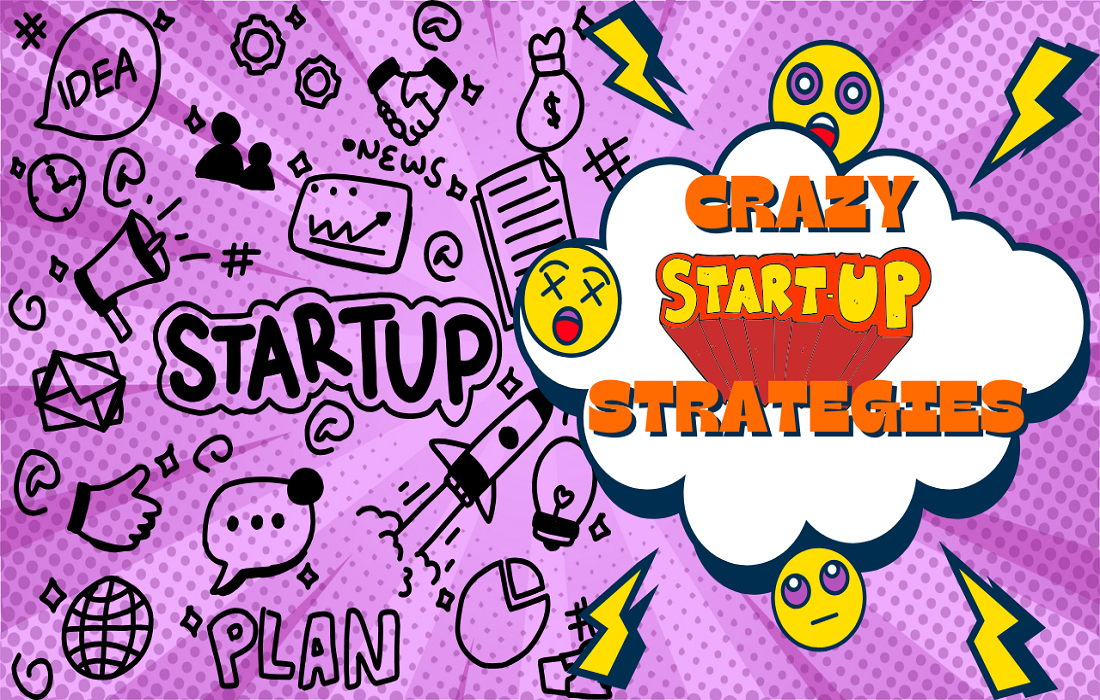



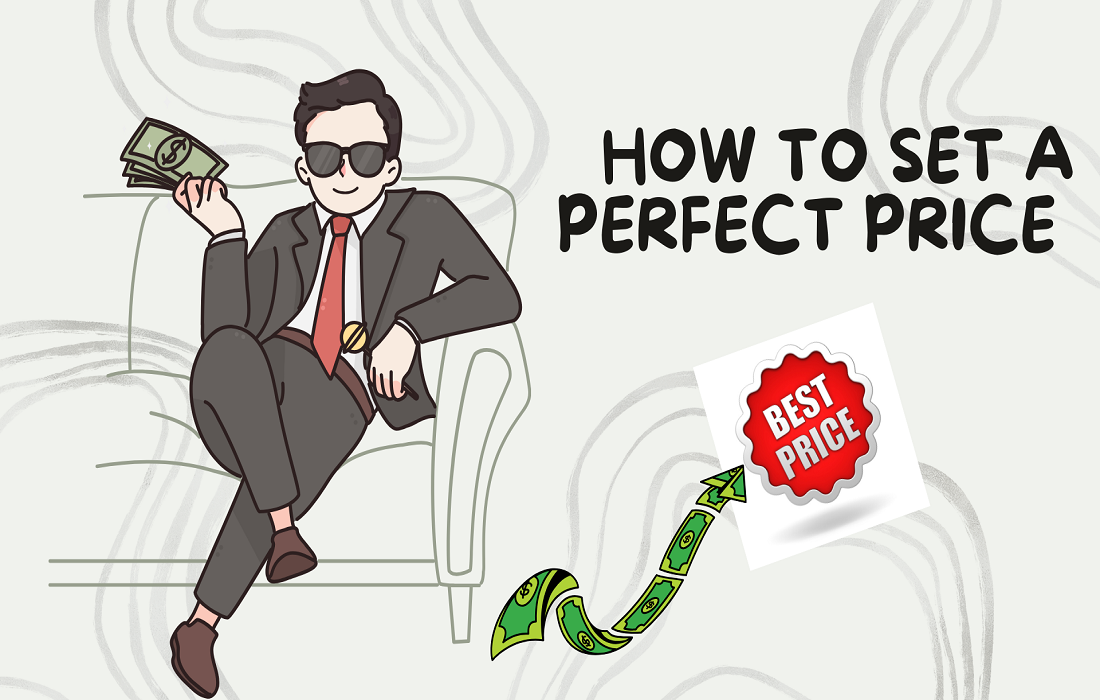
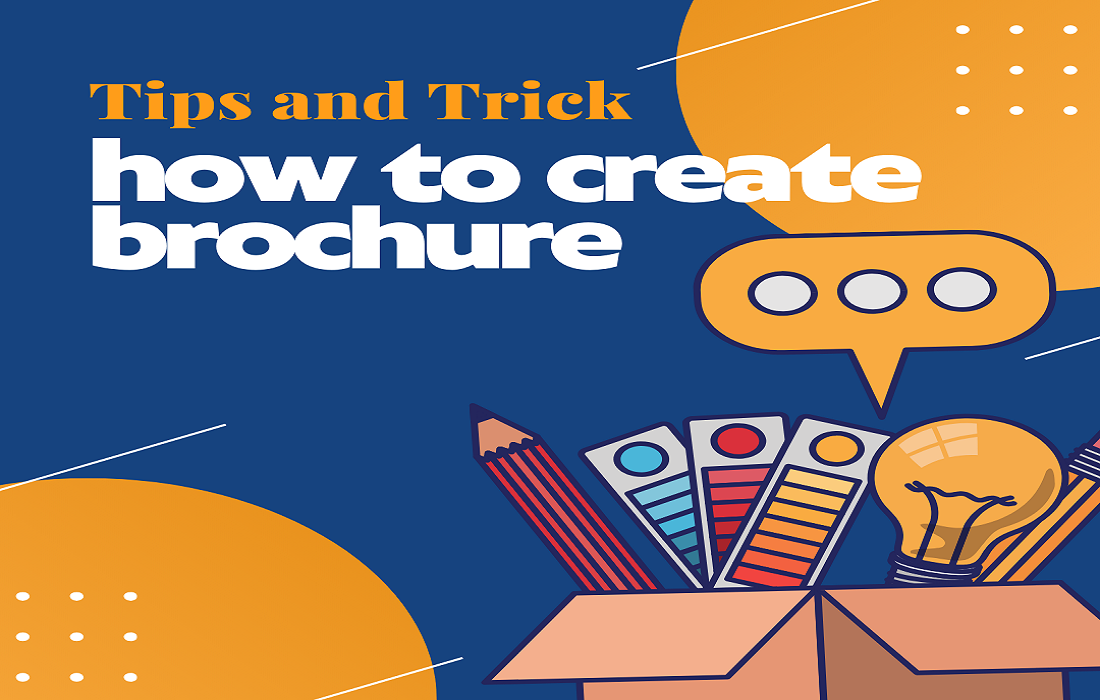
Leave a Reply